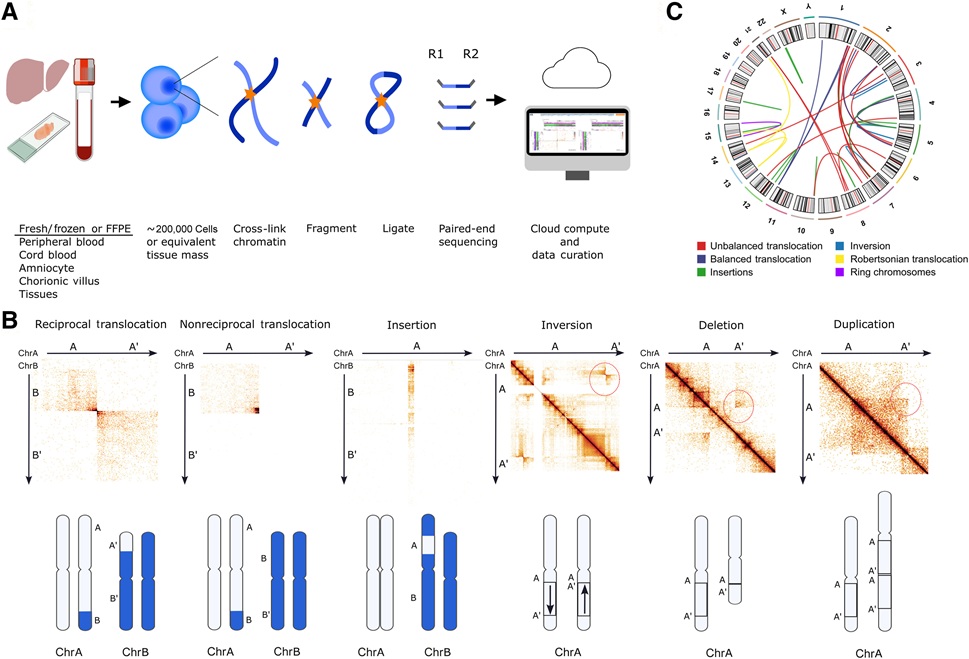Biomarkers Predict Breast Cancer Therapy Response
By LabMedica International staff writers
Posted on 01 Jul 2013
Women with breast cancer who have the favorable variations of two single nucleotide polymorphisms (SNPs) are more likely to respond to prevention therapy. Posted on 01 Jul 2013
Women who have the unfavorable variations of two SNPs may not benefit from Selective Estrogen Receptor Modulator (SERM) therapy, and they have a five-fold increased risk of developing breast cancer.

Image: Human610-Quad BeadChip (Photo courtesy of Illumina).
Scientists at the Mayo Clinic (Rochester, MN, USA) investigated whether the genetic variations as SNPs, in or near the genes for the zinc finger protein 423 (ZNF423) and Cathepsin O (CTSO) were associated with breast cancer risk among women who underwent prevention therapy. The team conducted a genome-wide association study involving 592 patients who developed breast cancer while on SERM therapy and 1,171 matched controls. They selected participants from the 33,000 women enrolled in breast cancer-prevention trials.
The participants' DNA was analyzed using the Illumina Human610-Quad BeadChip platform (San Diego, CA, USA) to identify variations in their genetic makeup. They identified two SNPs that were most relevant to breast cancer risk, one in the gene ZNF423, and the other near the gene CTSO. They found that in breast cancer cell lines with the most common variation of the SNPs, estrogen increased expression of both ZNF423 and CTSO, as well as expression of breast cancer 1 (BRCA1), a gene related to breast cancer risk. Estrogen did not increase expression of these genes in cells that had the less common form of the SNPs.
When selective estrogen receptor modulators (SERM) were added to estrogen, there was a striking reversal in the patterns of expression of ZNF423 and BRCA1. In cells with the less common ZNF423 SNP, expression of ZNF423 and BRCA1 rose dramatically. This reversal in expression patterns provides a potential explanation for the decreased occurrence of breast cancer in women undergoing SERM therapy who carry this SNP.
James N. Ingle, MD, the senior author of the study said, “Our discovery is a major step toward truly individualized prevention of breast cancer. Findings from our study provide clear direction as to which women are likely and which are unlikely to benefit from selective estrogen receptor modulators. The best chance we have of decreasing the burden of breast cancer is to prevent it in the first place.” The study was published on June 13, 2013, in the journal Cancer Discovery.
Related Links:
Mayo Clinic
Illumina














